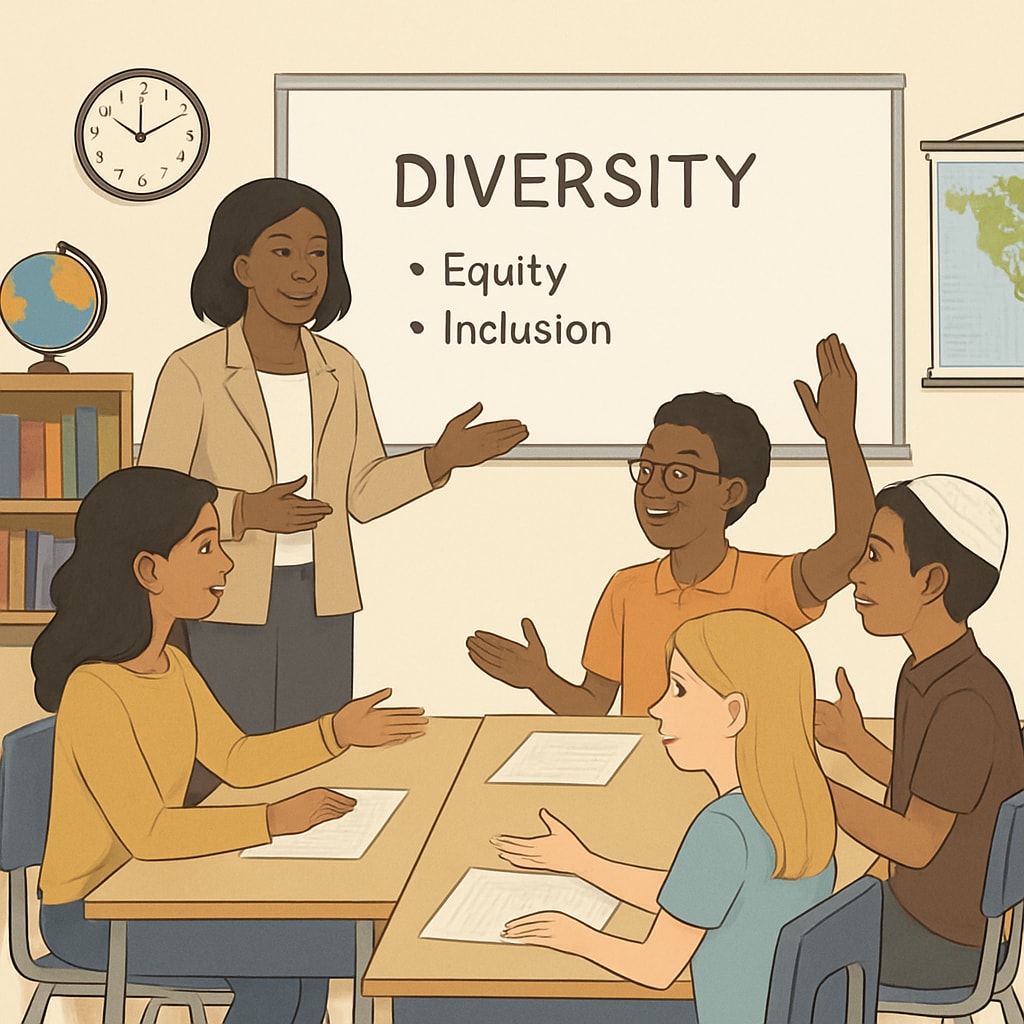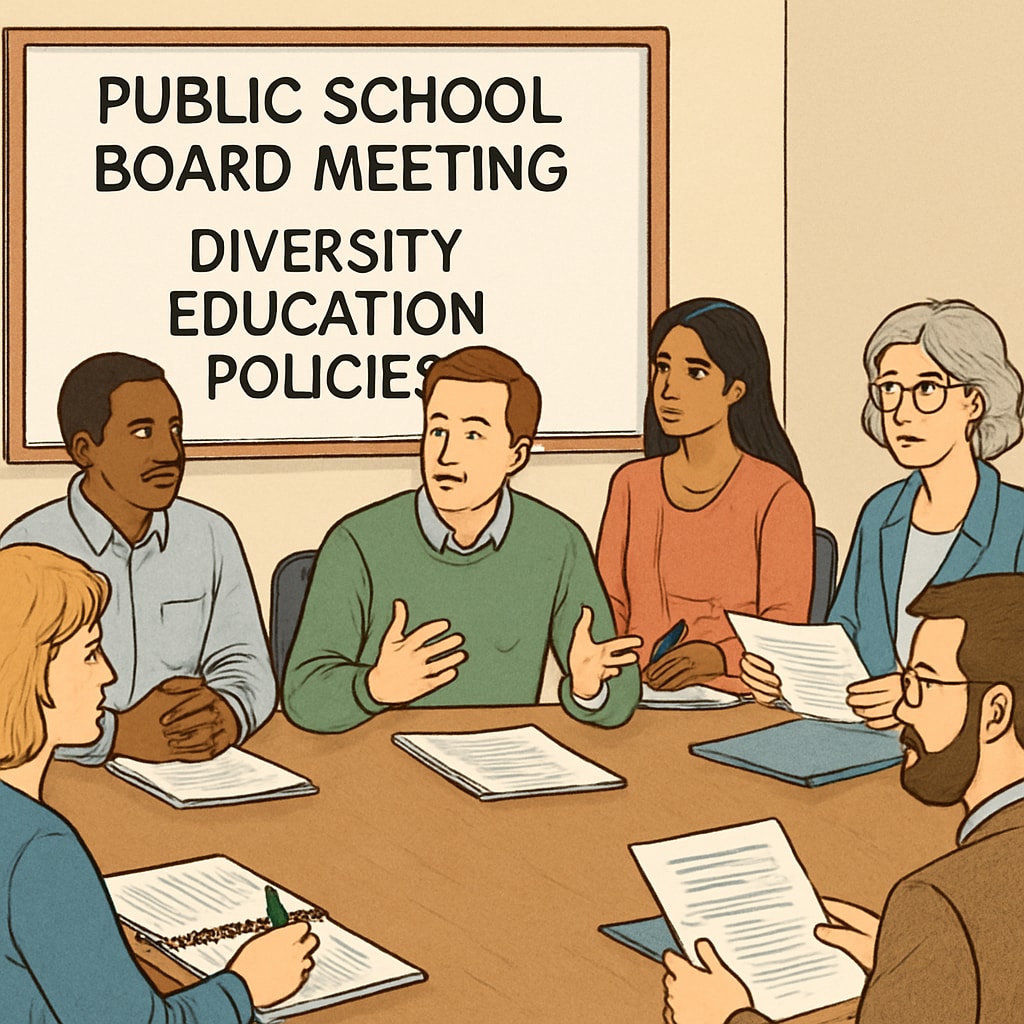Recently, the Heritage Foundation and its Project 2025 initiative have raised concerns about the content of diversity education programs in K12 schools and higher education institutions. This has brought ideological differences to the forefront, challenging notions of academic freedom and educational autonomy. As debates intensify, educators and policymakers must grapple with the question: how can diversity education coexist with conservative oversight?
The Heritage Foundation’s Goals and Project 2025
The Heritage Foundation, a prominent conservative think tank, has long advocated for policy reforms that align with its vision of limited government and traditional values. Through Project 2025, the organization aims to influence education policies across the United States. One of its focal points is the scrutiny of diversity education curricula, which it claims may promote partisan ideologies rather than objective learning.
For example, Project 2025 emphasizes the need for greater transparency in course materials and suggests limiting discussions that it perceives as politically or culturally divisive. While proponents argue this oversight safeguards children from bias, critics worry it might hinder academic freedom and restrict educators from exploring complex social issues.

Implications for K12 Education
In K12 schools, diversity education often includes topics like multiculturalism, equity, and inclusion. These lessons aim to prepare students for a globalized world by fostering empathy and understanding of different perspectives. However, conservative groups have questioned whether these programs lean too heavily toward promoting certain political ideologies.
As a result, some schools have faced demands to revise curricula, exclude controversial topics, or allow parents more input in shaping educational content. These requests raise several critical questions:
- How can schools maintain a balance between inclusivity and neutrality?
- What role should parents and external organizations play in shaping curricula?
- Will oversight compromise educators’ ability to address complex societal issues?
While accountability is important, excessive restrictions may stifle creativity and reduce students’ exposure to diverse viewpoints. This tension highlights the need for nuanced solutions that respect both educational objectives and parental concerns.

Finding the Balance: Academic Freedom vs Public Oversight
The debate over diversity education demonstrates a broader struggle between academic freedom and public oversight. Academic freedom is essential for educators to teach without fear of censorship or political intervention. It enables critical thinking and fosters open discussions, which are vital for preparing students to navigate a complex world.
However, public oversight cannot be entirely dismissed. Parents and community members have legitimate concerns about the content their children are exposed to. Striking the right balance requires collaboration among all stakeholders—educators, policymakers, and families.
To address these challenges, schools might consider:
- Establishing transparency in curriculum design and providing clear explanations of learning objectives.
- Creating forums for constructive dialogue between educators and parents.
- Defining boundaries that protect academic freedom while responding to public concerns.
Ultimately, finding a middle ground will depend on mutual respect and a shared commitment to preparing students for a diverse and dynamic future.
As ideological divides continue to influence education policy, the question remains: can schools uphold the principles of academic freedom while addressing calls for greater oversight? The answer lies in thoughtful compromise and a commitment to serving the best interests of students.


